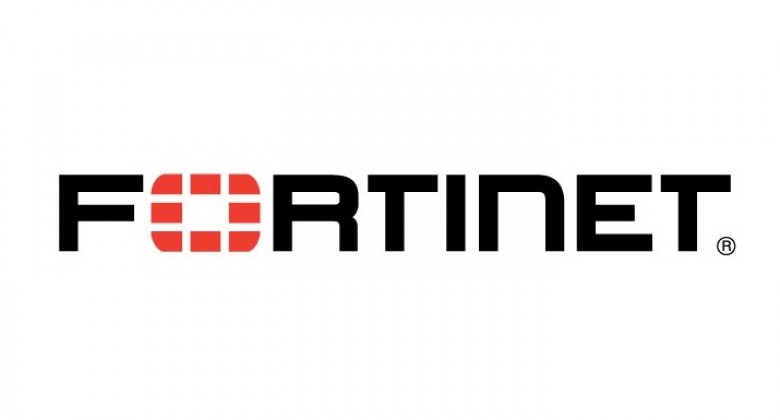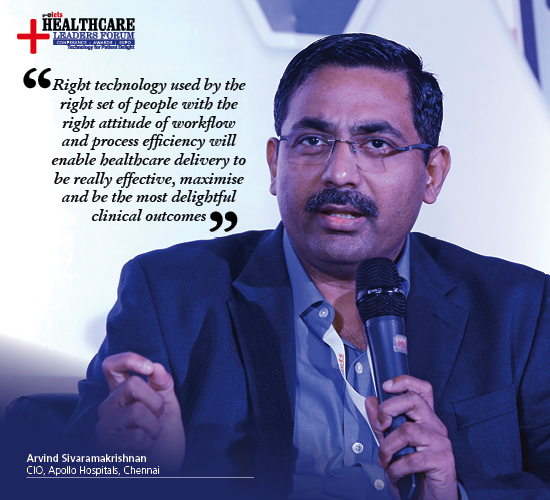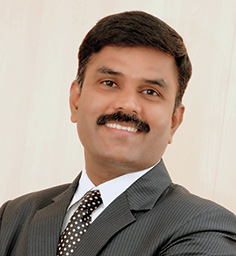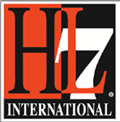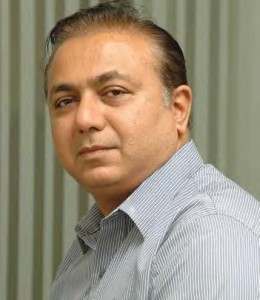 This article addresses challenges related to IT adoption and provides certain guidelines and analytic framework for carrying out an accurate appraisal of IT investments with relevant examples to make the decision making process simple for Chief Information Officers (CIOs)
This article addresses challenges related to IT adoption and provides certain guidelines and analytic framework for carrying out an accurate appraisal of IT investments with relevant examples to make the decision making process simple for Chief Information Officers (CIOs)
By Sanjeev Sood, NABH Empaneled Assessor, Certified Healthcare Quality Management & IT Consultant, Hospital & Health Systems Administrator

One of the reasons that ICT have not deeply permeated into healthcare is that
these are capital intensive and their successful outcome may be difficult to ascertain. Certain organisations who are less IT savvy and are laggards in technology adoption, view IT as a cost overhead rather than as an enabler and differentiator that can transform their operations and overall productivity.
Challenges in technology appraisal and adoption
In most situations, financial barriers exceed other challenges like interoperability and lack of qualified staff for IT adoption. Further, the questions of scope, application, integration and timing complicate the decision.
In view of the above challenges, any proposal by CIOs on IT projects, such as implementation of EMRs or PACS or transition to digitisation, is met with certain skepticism and a barrage of questions by CFOs and management that needs cost justification, critical valuations, return on investment, discounted cash flows, internal quanrate of interest and pay-back period etc. Given the complexity of the problem and lack of comprehensive data involved in estimation of IT value, decisions on IT investments are often made on anecdote, inference and opinion at best and hope at worse, putting the poor CIOs on defensive.
The economic appraisal of such projects needs systemic analytic approach applying knowledge spanning disciplines of project management, cost accounting and finance, which the CIOs are not so well equipped with. Thus, calculating RoI for CIOs may be an inescapable reality which they have to face in this era of fiscal accountability, though it need not become their Achilles heel and dampen their zeal for adoption of IT solutions. Heres some help for them.
Using the simple paradigm
Calculation of RoI of IT Projects should begin with the realisation of the following realities-
IT projects have long gestation period and payback should be looked at only after 3 to 5 years.
Most IT applications and solutions yield several intangible benefits such as, improving healthcare quality, efficiency and accessibility, and are difficult to assign any monetary value.
Certain benefits of IT adoption such as coordinated and efficient care, extend and span beyond the organisational units due to integrated delivery systems ( Enthoven and Tollen 2005) For example, use of data analytics may provide treatment breakthroughs in cancer by offering personalized medicine “the benefits may extend far beyond the immediate financial gains by the organization.
Having understood these realities, a simple question to ask is, does the investment in IT increase, have no effect, or decrease costs to the organization? Table 1 presents a simple paradigm from which decisions can be made. The matrix comprise of 9 cells of cost/ impact combination.

Any proposal by CIOs on IT projects is met with certain skepticism and a barrage of questions by CFOs that needs cost justification, critical valuations, return on investment, discounted cash flows, internal rate of interest and pay-back period etc.
Economic appraisal techniques
Cost-benefit analysis – This technique is used to uate, systematically, multiple objectives and actions that are not mutually exclusive and is applied, when all aspects of cost and benefit of the selected technology can be assigned a monetary value. The outcome of this analysis is presented in rupee terms that enable decision makers to decide in favor of alternative that has the lowest cost and highest benefit. Today, the IT architects such as cloud computing, virtualization,mobile technologies and SOA do exactly that, giving maximum value for money.
Cost-effectiveness “ This technique is used to uate multiple ways (usually mutually exclusive alternatives) of reaching a single objective e.g., to buy HMIS off the shelf or develop and customise ones own .For many health IT applications, it may not be feasible to measure the benefits or outcome in financial terms e.g., loss of life or limb cannot be precisely assessed. Similarly, the benefits of the shortened ALOS may not be possible to assess considering more number of patients that will be treated on the same number of hospital beds in view of the existing shortage of beds in India. In this case, one might estimate the cost associated with extending life for additional year or cost of hospitalisation per day .The decision makers may adopt the technology with lowest cost per life year saved or hospital day reduced of treatment.
Cost-utility analysis- Measures interventions effect on both the quanrate titative and qualitative aspects of healthcare, like measuring the quality of life extended by using tools like QALYs e.g., the extended year spent in leading a healthy life rather than suffering in a hospital .
Steps in economic analysis
The key to use any of above economic uation technique involves series of 11 steps- Define problem and identify the objectives, identify alternatives, develop an analytic framework for cost/ benefits, analyse costs, analyse benefits, differentiate perspective of analysis, perform discounting, deal with uncertainties, ethical issues, discuss results and re-uate decisions.
Summing up
From the above discussion, it is amply clear that accurate technology appraisal and its value realisation is a complex, data intensive and challenging process that demands diverse skills and time by the CIO. But when armed with above knowledge and the given analytic framework, the CIO is better equipped to put up a strong business case and convincing argument for IT investments .And if supported by a mature and visionary leadership, he can have a smooth sailing in achieving an IT empowered organisation as a benefit, and also empowered patients as a bonus!
The author, Gp Capt (Dr) Sanjeev Sood is a Hospital Administrator and NABH empanelled Assessor serving in Chandigarh. He is an accomplished writer and speaker on healthcare matters. Email : doc_ssood@yahoo.com
Be a part of Elets Collaborative Initiatives. Join Us for Upcoming Events and explore business opportunities. Like us on Facebook , connect with us on LinkedIn and follow us on Twitter , Instagram.




